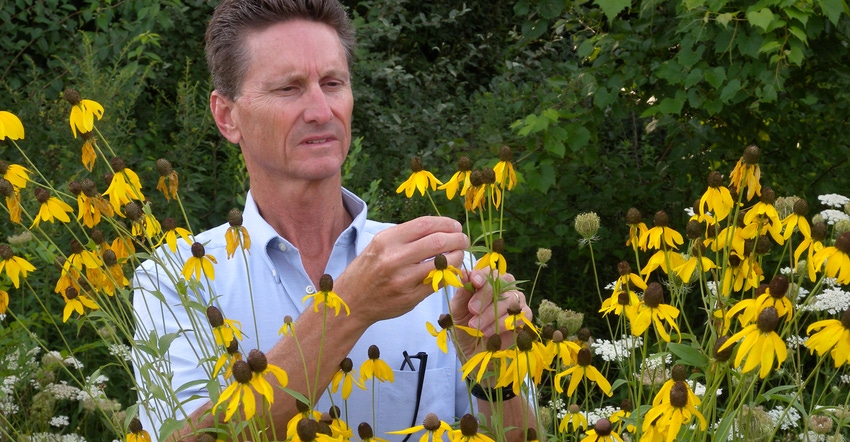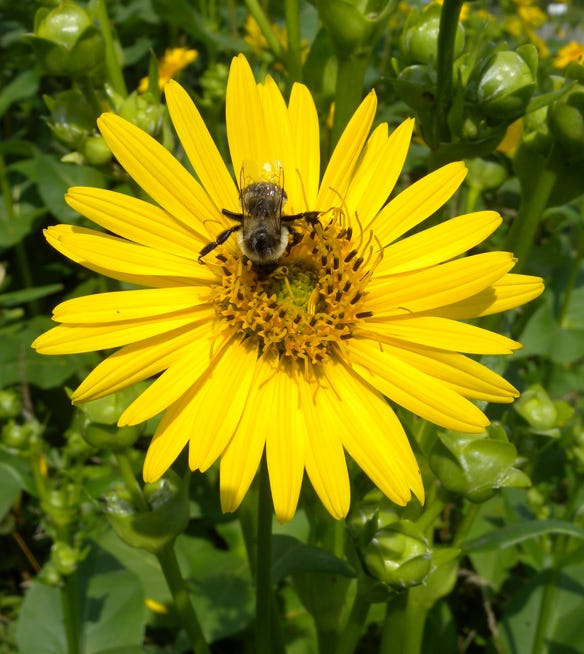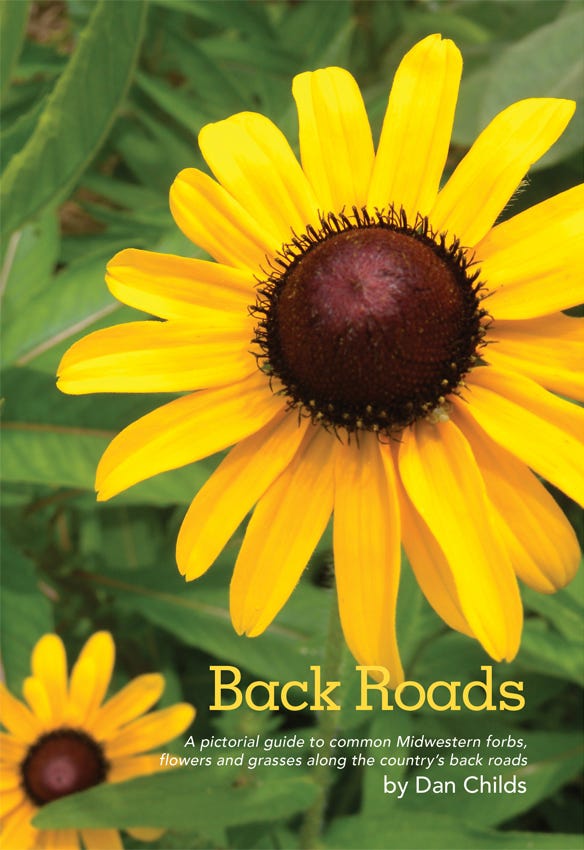
You see them every spring. You may not know all of their names, but you recognize them. They are the widely varying plants that grow along the roadsides and in ditches along the back roads of Indiana.
Dan Childs, a Bartholomew County native, has logged 30 years studying plants, first as a Purdue University weed scientist and now as an agronomist for Monsanto.
“I’ve always been fascinated by the diversity of plants that grow along roadsides in our state,” Childs says. “A few years ago I began photographing them. One of my goals was to pull them together into a reference book so others could appreciate the diversity of plants.”
The result is "Back Roads: A pictorial guide to common Midwestern forbs, flowers and grasses along the country’s back roads."
Childs captured nearly 100 species of plants in his book. While many people commonly categorize all plants found on the roadside as weeds, that’s not entirely accurate. Some are better described as flowers, and a few, such as reed canarygrass, are actually grasses that can be used as a crop.
Indeed, some are weeds, and a few are even invasive weeds. Here are two examples from the book. See if you recognize the first one from the description provided by Childs. You may recognize the second one as a flowering plant you’ve seen along the road, even if you don’t know its name.
1. Can you identify this plant from these clues? It’s a member of the daisy family. It’s a perennial and grows in clumps. The plant produces pink-purple flowers and blooms from June through August.
Need more help? It’s known by various alternate names, including corn thistle, cursed thistle, field thistle and perennial thistle. While it attracts bees, butterflies and flies with its blooms, it’s an invasive species throughout the Midwest.
Give up? It’s best known as Canada thistle, Childs notes. When identifying it, look for leaves that alternate on the stem, and are most often lobed with crinkled and very spiny margins. The blooms are smaller than those of most thistle species.
2. Do you recognize this plant (below)?

Here are clues: It’s also a member of the daisy family. This plant can grow up to 8 feet tall, and has erect, stout stems with square edges. Leaves are opposite on the stem and have saw-toothed margins.
Need more help? It’s also known as cup rosinweed, carpenter’s weed, pilot weed and Indiana cup. As you can tell from the picture, it is a good host for pollinators.
Figure it out? It’s cup plant. You can learn about it on Page 63 in Childs’ book.
Obtain a free copy of the book from your Monsanto seed or chemical representative.

FREE BOOK: You can obtain your own copy of "Back Roads" by visiting your Monsanto seed or chemical dealer, notes Dan Childs, who wrote the book.

About the Author(s)
You May Also Like




